What is the difference between marker and highlighter
The terms ‘highlighter’ and ‘marker’ are often used interchangeably, which might make you wonder what the actual difference is between these two commonly used stationery products. Before we begin to explain the difference between these two, let us explore what highlighters and markers are.
Table of Contents
What is a Highlighter?
A highlighter is basically a marker with a felt tip which doesn’t make use of opaque or black ink, but is filled with transparent fluorescent ink. Dr. Frank Honn is credited with the innovation of the highlighter in the year 1963.
The first mass production of highlighters was undertaken by Carter’s Ink Company which was later acquired by the Avery Dennison Corporation in 1975. However, the company Stablio International is responsible for the manufacturing of nearly all the highlighters that have been produced in Europe since 1971.
Types of Highlighters
Highlighters usually come in vibrant, bright and often fluorescent colours. As they are fluorescent, highlighter ink is known to glow under black light. The most commonly used ink colour for highlighters is yellow, but they come in a variety of ink colours such as red, purple, orange, blue, pink and green. As yellow colour doesn’t produce a shadow on the copy, it is the preferred colour to use.
Highlighters of different ink colours are primarily used to distinguish different types of content to make information more readable and organised. There are multiple forms of highlighters, some of which include an eraser on the other end of the felt whilst some of them come with a retractable felt tip. You may have come across a triangular shaped highlighter, or trilighter as it is commonly called. Each tip has a different colour and they are suitable for stacking.
Some highlighters are known to have a wax-like quality like an oil pastel. Another type of highlighter is dry highlighter which is equipped with an applicator instead of a felt tip. It is used for applying a thin highlighter tape. Standard highlighters are not easily erasable, but markings of a dry highlighter can be easily erased. Due to their erasability, they are often advertised as the ideal highlighter for books with thin pages.
As the name suggests, gel highlighters make use of a gel stick instead of a felt tip. Unlike other highlighters, the gel of a gel highlighter doesn’t become dried out in the pen and doesn’t bleed through paper.
Liquid highlighters are available in a wide range of colours, and words which are highlighted using such highlighters stand out more as they are known to put more ink on the page than non-liquid highlighters. They are also more resistant to fading.
What Is A Marker?
A marker pen has a tip made of pressed and porous fibers similar to a felt and it also has its own ink source. The container is made using aluminium, glass or plastic and the core is made of an absorbent material. It is known by different names in different countries such as ‘texta’ in Australia and ‘koki’ in South Africa. Other names for it include felt-tip marker, flow marker, marking pen, fineliner and felt-tip pen.
Markers are provided with a cap which prevents the marker ink from drying out. Xylene and toluene were commonly used solvents until the early 1990s. However, as these chemicals are known to be harmful and have a very strong smell, they were replaced by alcohol-based inks. Markers come in a variety of forms based on their erasability such as wet-erase, waterproof, dry-erase and permanent.
History of Markers
The marker pen was invented by Lee Newman back in the year 1910. However, it wasn’t until 1958 that the use of markers became commonplace as they were increasingly used for applications such as labeling, lettering and for the creation of posters. The modern fiber-tipped pen, as we now know it, was developed in 1962.
Types of Marker
There are many different types of markers and they are as follows:
Permanent Marker
Porous pens which can be used to write on different surfaces such as plastic, metal, glass, wood and stone are known as permanent markers. Contrary to its name, the ink of a permanent marker is not actually permanent and can be erased easily. It has been named so because it is resistant to water and rubbing and if left untouched, it can last for several years. However, by using chemicals such as acetone or with vigorous scrubbing, markings made with permanent marker can be erased with ease.
Whiteboard Markers
A whiteboard marker makes use of erasable ink and it is used on non-porous writing surfaces such as whiteboards. It is used for temporary writing as it allows the user to easily erase the writing with a tissue, damp cloth or handkerchief. They can also be erased using bare hands. The ink of whiteboard markers doesn’t contain toxic chemicals such as toluene or xylene.
Security Marker
Markers are so commonly associated with office and personal use that very few of us know about another important application of markers. Special security markers have invisible inks which are used to mark valuable items to identify them in case they are stolen. After recovering the stolen item, the owner can ascertain if it is really the product that they own by viewing the product under ultraviolet light which makes the writing visible.
Election Marker
Another popular use of marker pens is during elections and vaccination drives. These election markers leave behind an ink mark on the finger which is basically an indelible dye and contains a photosensitive agent such as silver nitrate. It is used to prevent the type of fraud that takes place during elections known as double voting. It is also used in vaccination campaigns to differentiate between those who have been administered vaccines and those who haven’t.
Difference Between Highlighter and Marker
A marker is generally used to write whereas a highlighter is used to highlight text. If a marker is used on a piece of text, it will make the text unreadable. A highlighter on the other hand is used to emphasise text and not for writing purposes. Essentially, the ink used by a marker is opaque whereas that used by a highlighter is transparent.

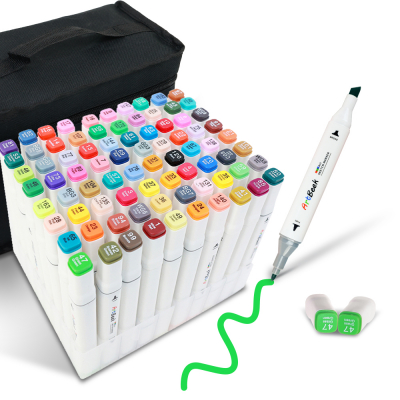
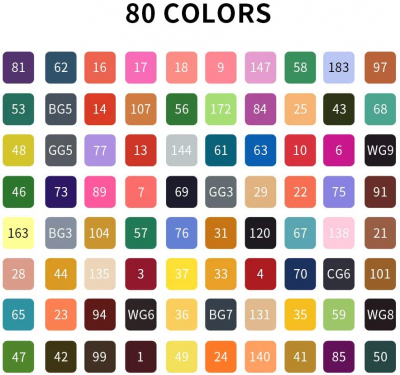
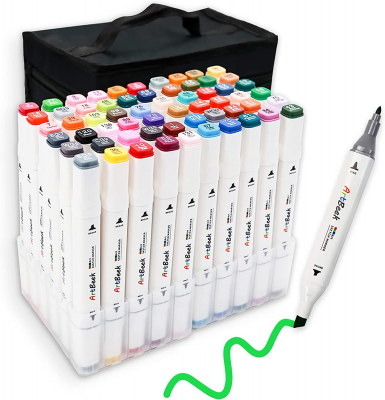
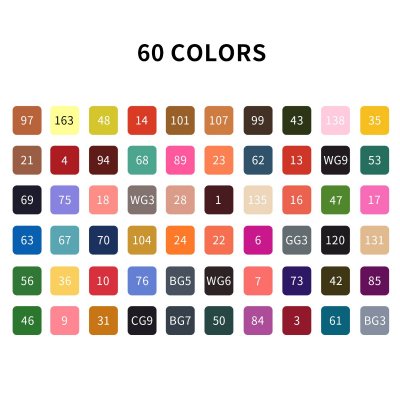
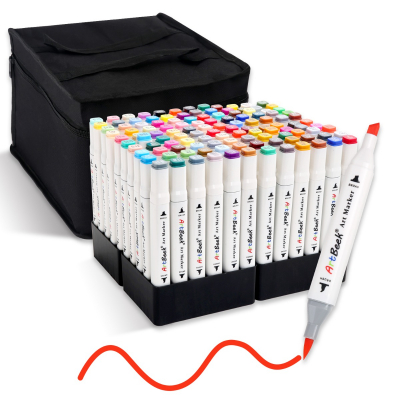

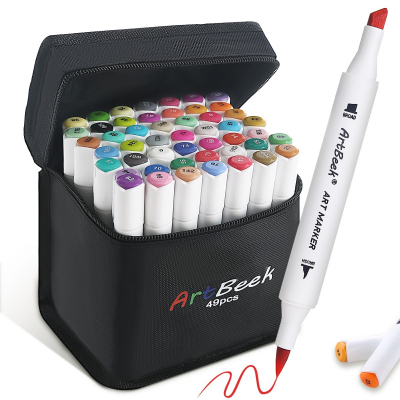

Items 13 to 18 of 91 total